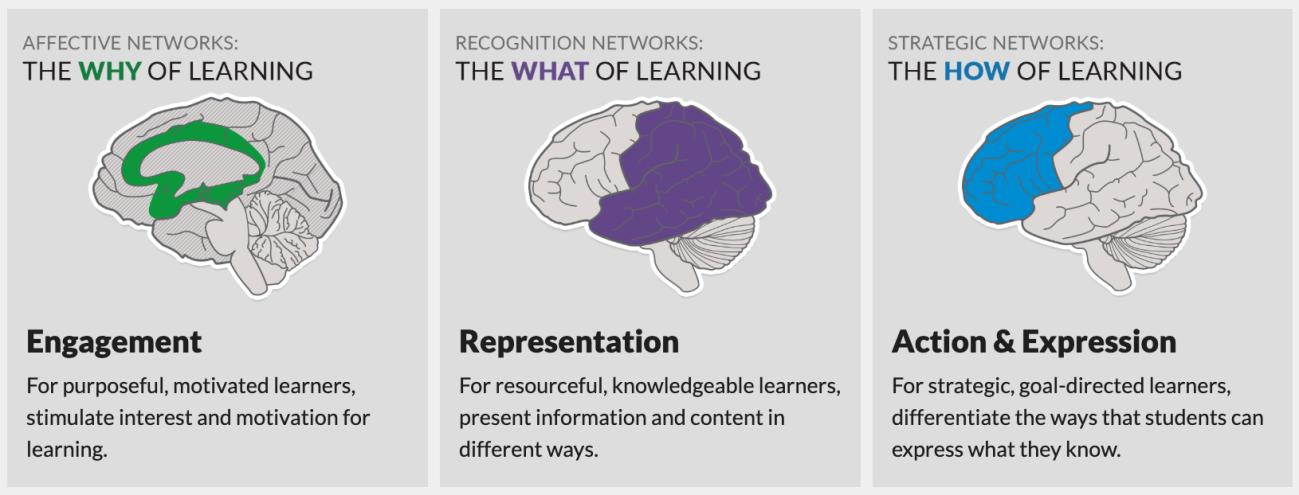Introduction to Open Education: Briefly introduce what it is and why it is important in today’s learning environment.
Open education as I understand it can be boiled down to a way of providing education with specific emphasis in the use of digital technologies. It is important todays learning environment as so much of our lives is made up of or impacted by technology. As we’ve seen in this course, some specific ways into why its important is that it allows more variation in the class room, allows more inclusivity regardless of location or income, and can adjust and enhance certain learning techniques for different levels of education.
Understanding Open Pedagogy: Describe your understanding of Open Pedagogy and its significance in modern education. Reflect on how the principles of sharing and collaboration in Open Pedagogy could change traditional educational practices and the relationships between educators and students.
Open Pedagogy as I understand it is directly correlated with open education with an emphasis on the sharing and collaboration aspect of education. Open pedagogy is important in modern education as without it, the benefits received from open education would be much less fruitful than if collaboration was emphasized and integrated. With the presence of open pedagogy, the traditional relationship between student and teacher could be fundamentally changed for the good. For starters it promotes co-create content which incentivizes engagement on both the teacher and the student sides. This new relationship could allow more critical thinking on both sides as well as a more adaptable educational method and experience.
The Roles of OERs: Discuss what OERs are and consider how the availability of free resources like textbooks and multimedia materials can change and impact student engagement and academic success.
Open Educational Resources (OERs) are freely distributed textbooks and other learning material that are available online without any barriers to access. OERs can include anything from textbooks, lecture notes, tests, videos, and more. The impact of these OERs could be consequential for student engagement and overall educational outcomes. For starters the student would be able to save more of their paycheques as the cost to learn would be greatly reduced. This specific breakdown of financial incentives and barriers would allow for a more flexible and accessible curriculum, which may draw more students engagement as many become fed up and intimidated by the added costs of textbooks.
Open Licensing Explained: Explain what open licensing is and how it supports educational practices. Reflect on how open licenses enable the use, modification, and distribution of educational materials and why understanding these licenses are important for educators.
Open licensing can be attributed to the legal framework and mandates associated with the OERs, which is what allows free distribution and shareability of these resources. These licensing practices bypass the negative restrictions placed by things such as traditional copyright, which allow these resources to be collaboratively developed. Educators may want to understand open licensing as it could allow for a larger student pool to be engaged in their learning techniques as they would have greater access to the broader material of whatever the instructor is teaching. The rise in technology and cost of education, would further incentivize educators to adapt and meet the new demand.
Challenges and Solutions: Identify some challenges faced in implementing Open Pedagogy and OER. Offer your personal insights or solutions for addressing these challenges in educational settings.
Some challenges around the implementation of Open Pedagogy and OER include source reliability and integration to University institutions. In order to tackle source reliability, I would attempt to find a third party that investigates popular free resources and filters the information from most to least reliable. If there was a way to fund this third party, I believe the problem could be solved fairly easily. As for university institutions, I believe the only way they would accept more free resources is by making a deal with various cites which means the university gets paid to promote, and the freely distributed cites acquire more traffic which would subsequently help them to grow.
